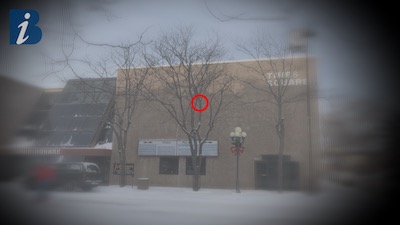Common Eye Conditions
Normal Vision
Normal vision, or 20/20 vision, refers to the ability to see clearly at a distance of 20 feet what a person with no visual impairment should see at that distance. It means the eyes can focus, perceive depth, distinguish colors, and adjust to different lighting conditions without the need for corrective lenses or assistance. Normal vision includes a full field of view, good contrast sensitivity, and proper eye coordination. However, 20/20 vision does not mean "perfect" vision, as factors like peripheral vision, color perception, and depth perception also play a role in overall visual function.
Cataracts
Cataracts are a condition where the eye’s natural lens becomes cloudy, leading to blurred or hazy vision. This clouding develops gradually and can cause difficulty seeing in low light, increased sensitivity to glare, faded color perception, and halos around lights. Cataracts can affect one or both eyes and are most commonly age-related, though they can also result from injury, genetics, or medical conditions like diabetes. If left untreated, cataracts can lead to significant vision loss, but they can be corrected with surgery to replace the cloudy lens with an artificial one.
Age Related Macular (AMD)
Age-Related Macular Degeneration (AMD) is a progressive eye disease that affects the macula, the central part of the retina responsible for sharp, detailed vision. It primarily causes blurry or distorted central vision, while peripheral (side) vision remains intact. AMD can make activities like reading, recognizing faces, and driving difficult. There are two types: Dry AMD (most common) - causes gradual vision loss due to the thinning of the macula, and • Wet AMD (less common but more severe) - leads to faster vision loss due to abnormal blood vessel growth under the retina.
chronic open angle glaucoma
Chronic Open-Angle Glaucoma is a progressive eye disease that damages the optic nerve due to increased eye pressure (IOP), leading to gradual peripheral vision loss and, if untreated,blindness. It develops slowly without early symptoms, making regular eye exams essential for detection. While vision loss is irreversible, treatments like eye drops, laser therapy, or surgery can help lower pressure and slow progression.
diabetic retinopathy
Diabetic Retinopathy is a progressive eye disease caused by damage to the blood vessels in the retina due to high blood sugar levels in diabetes. It can lead to blurry vision, floaters, dark spots, and eventual vision loss if untreated. The disease worsens over time, with early stages often showing no symptoms, making regular eye exams crucial for detection. Treatments like blood sugar control, laser therapy, injections, or surgery can help slow progression and preserve vision.
retinitis pigmentosa (RP)
Retinitis Pigmentosa (RP) is a genetic eye disorder that causes progressive vision loss due to the degeneration of the retina’s light-sensitive cells. It typically starts with night blindness, followed by gradual loss of peripheral vision, leading to tunnel vision and, in severe cases, total blindness. There is no cure, but treatments like vitamin therapy, low-vision aids, and emerging gene therapies may help slow progression and manage symptoms.
Disclaimer:
This is a brief overview of common eye conditions and is not intended for diagnosis or medical advice. If you are experiencing vision problems or have concerns about your eye health, please consult a qualified eye care professional. Regular eye exams are essential for early detection and proper management of eye conditions.






